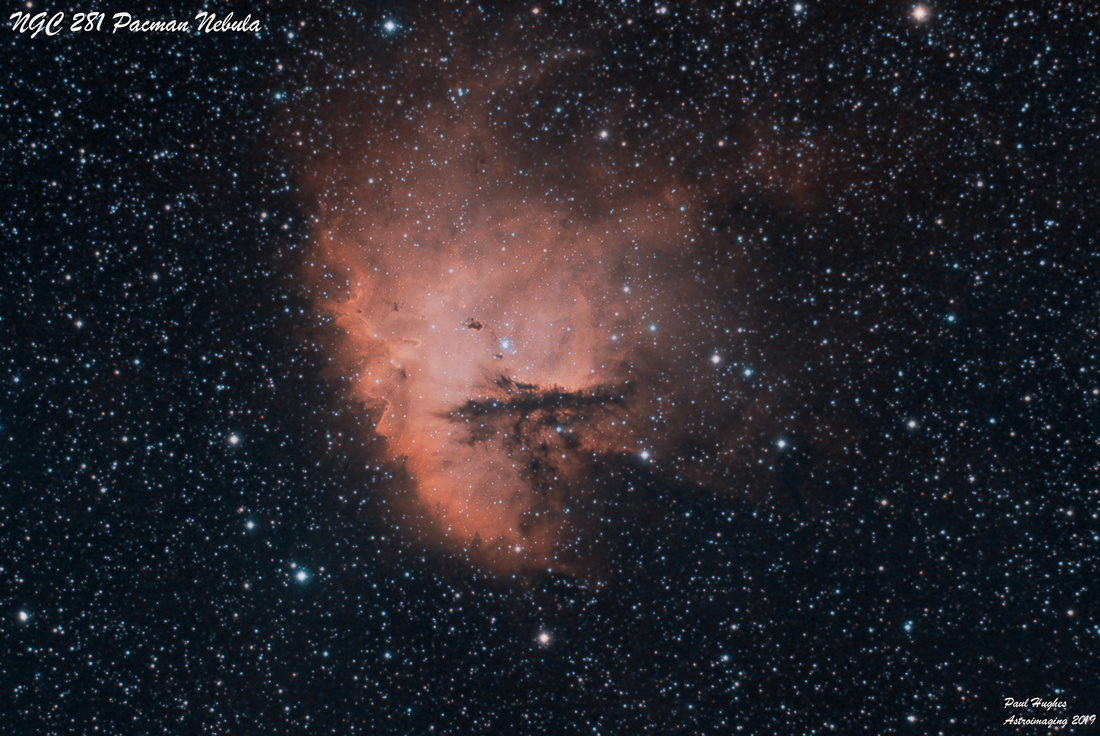CCD imaging activity as it happens
Galaxy season
Some good initial test shots with the Orion newtonian and the ZWO OSC camera. I'm pleased with the results although I am wondering if I should replace the camera with the SBIG ST-8300 and LRGB filters to see if this enables better deep sky data. The ZWO camera is however easy to use, and with careful processing in CCDStack and Photoshop it provides good results. I'll probably keep this configuration into the summer months though and try the Optolong L-Extreme and L-Enhance filters on some nebulae.
M31 Reprocess with hydrogen alpha
I always felt my original M31 from 2016 was over-processed. I decided to give it another go and incorporate some hydrogen alpha data to bring out the nebulosity and star-forming regions in the spiral arms. I've therefore added a further 3 hours of data captured earlier this week over two nights. The final image total exposure was 17 hours
Cornish Weather doing its thing
Been a while since the last post but hopefully November onwards will bring some better opportunities for astroimaging. Last week I captured 4.75 hours of OIII data for NGC 281. This was over 3 nights as the weather was a little unpredictable. Two evenings, the ST-8300 CCD was running at -25 degrees and the other evening -22 degrees. Fortunately I had captured sufficient dark, bias and flat frames to calibrate the light frames.
The EM-200 was tracking and autoguiding well, with RMS down to 0.5 arc seconds. Occasionally the guiding would deteriorate but it soon settled and I didn't have to drop any 15 minute subframes. The FG-Temma 2Z model is a great upgrade over my original USD3 mount allowing for ASCOM pulse guiding and an accurate GOTO system using the Sky X software.
The TS-Optics tube rings and dovetail fixing configuration appears much more stable than the Takahashi tube clamp. The FS-102 is quite a long tube length and I found I was experiencing flexure problems.
Looking at the OIII subframes, I think my focus could have been a little tighter, but CCDSoft @Focus seems to make a good job of things.
The latest bicolour image of NGC 281 appears more natural and less aggressive than the Ha:RGB image from 2016. My aim is to capture S-II data to generate a Hubble Palette image of this fantastic deep sky object. That is, if the clouds go away!


